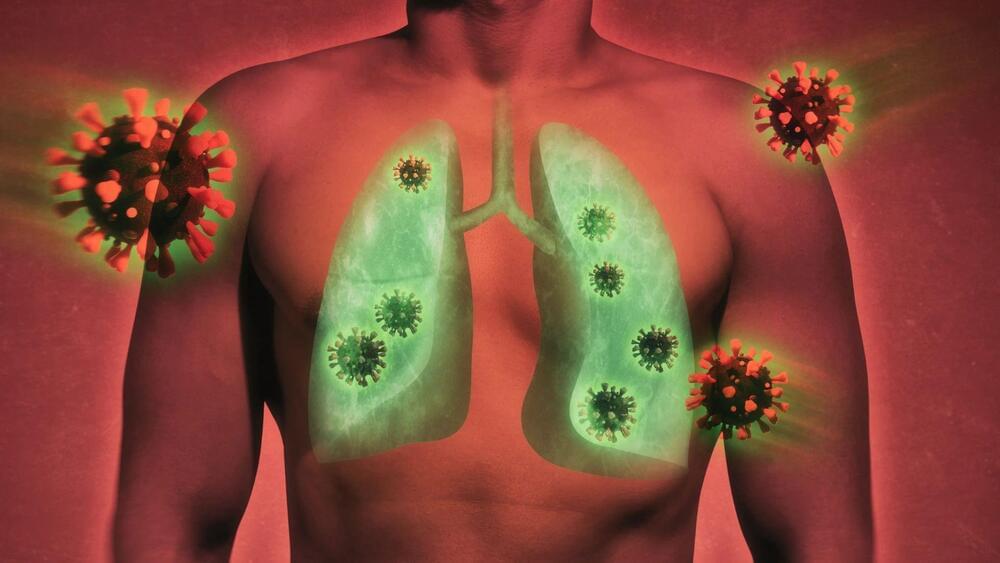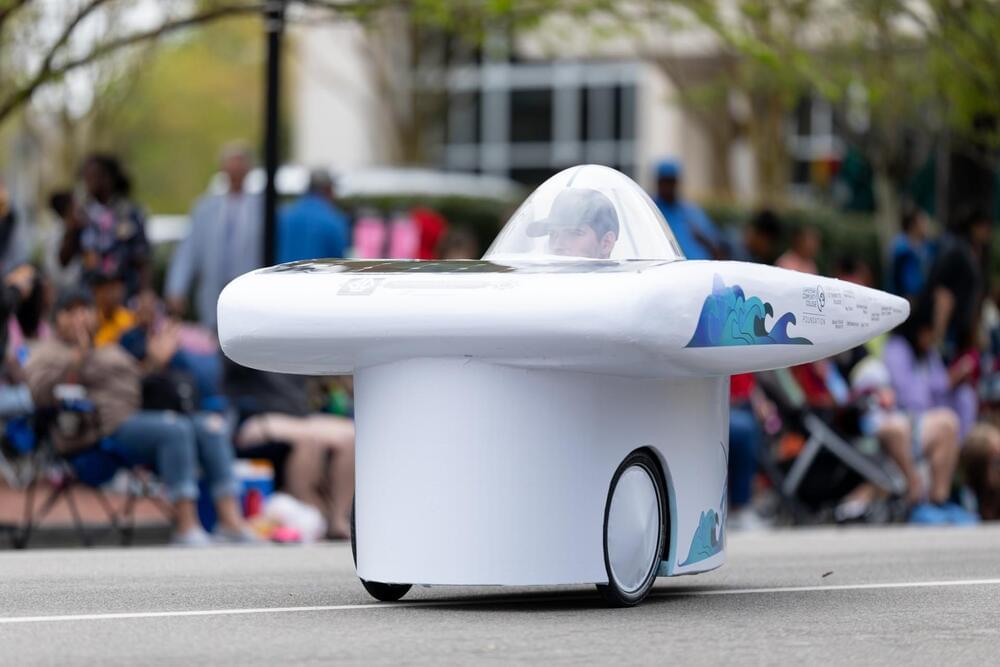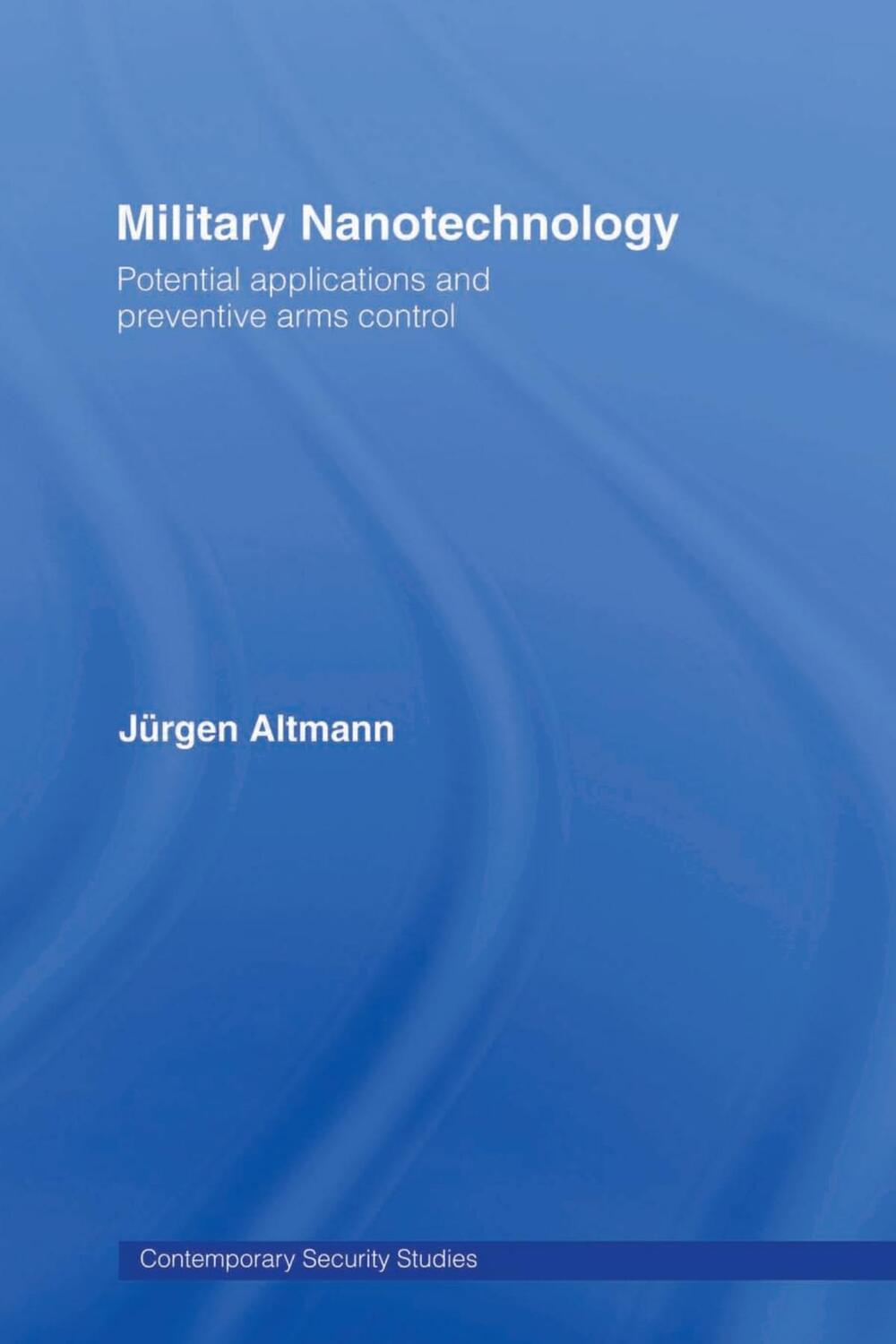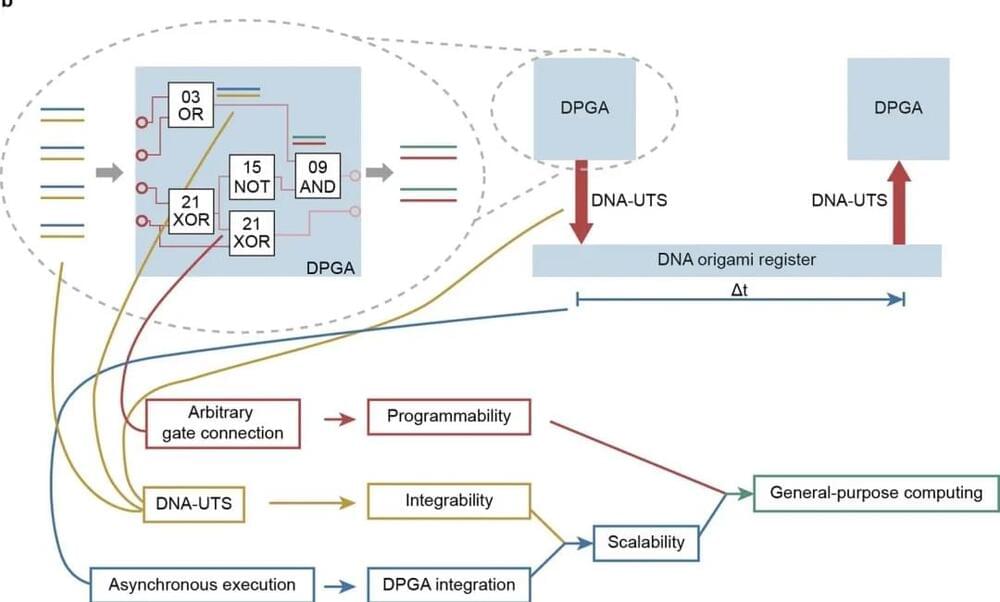COVID-19 can affect various organs in the body, such as the brain, lungs, heart, and kidneys. But what happens to these organs after the infection is over? How long does it take for them to heal? A new study has tried to answer these questions by using MRI scans to look at multiple organs of people hospitalized with COVID-19.
The study, published in The Lancet Respiratory Medicine, is one of the most comprehensive post–COVID–19 MRI studies to date. It involved 259 patients who had been hospitalized with COVID-19 in the U.K. and 50 people who had never been… More.
Credits: SvetaZi/iStock.





